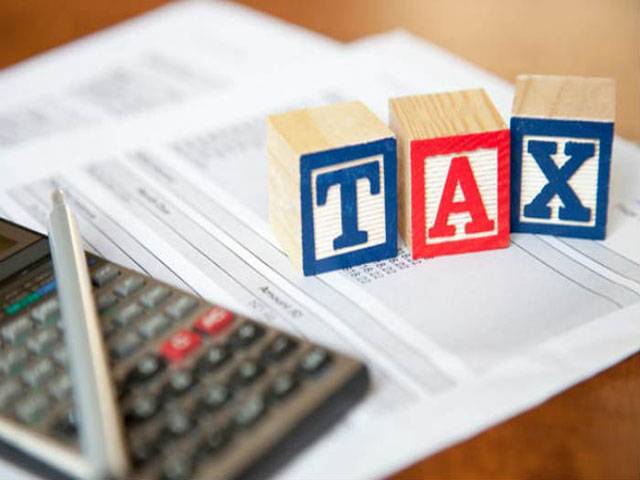ISLAMABAD - Pakistan’s budget deficit could further widen due to a massive shortfall in tax collection as well as non-tax collection during current financial year.
The government has already revised the budget deficit target to 4.1 percent of the GDP (Rs1.376 trillion) as against the budget target of 3.8 percent of the GDP (Rs1.276 trillion) due to the shortfall in tax collection. However, the International Monetary Fund (IMF) and World Bank have warned that budget deficit will be beyond 4.1 percent of the GDP during current fiscal year.
The Federal Board of Revenue (FBR) has so far faced a massive tax collection shortfall of Rs168 billion during nine months (July-March) of the year 2016-17. The FBR has collected Rs2,265 billion during nine months (July-March) of the ongoing financial year as against the target of Rs2,433 billion for the period under review, reflecting a shortfall of Rs168 billion.
Similarly, the government is struggling to meet non-tax collection target. Major component of the non-tax collection is the Coalition Support Fund (CSF) from the United States. Pakistan has received only $550 million under CSF during FY2017 as against the projection of $1.65 billion or Rs170 billion for the whole fiscal year. It is unlikely that Pakistan will receive the full amount of $1.65 billion before the end of June 2017.
The government had estimated to generate Rs50 billion from the privatisation proceeds during FY2017. However, the government has not privatised a single entity so far, making another shortfall of Rs50 billion. Another, non-tax collection shortfall is from auction of telecom licences. The government budgeted Rs75 billion for the current financial year from its auction. However, the auction advisory committee has projected the auction of the remaining 4G with a base of around $300 million (Rs30 billion).
The World Bank in its latest report projected that fiscal deficit was projected to be 4.8 percent in FY2017 as against 4.1 percent revised target of the government. This widening is primarily driven by slower increase in government tax revenues (both federal and provincial) coupled with decline in non-tax revenues.
The shortfall in tax and non-tax collection would mean more domestic and foreign borrowings to bridge the budget deficit.
Pakistan’s budget deficit had already reached the higher side of Rs799.1 billion (2.4 percent of the GDP) during first half (July-December) of the year 2016-17 due to massive expenditure and lower tax collection.
The country’s expenditure was recorded at Rs2,789.7 billion as compared to revenue of Rs1,990.6 billion, taking the deficit to Rs799.1 billion.






